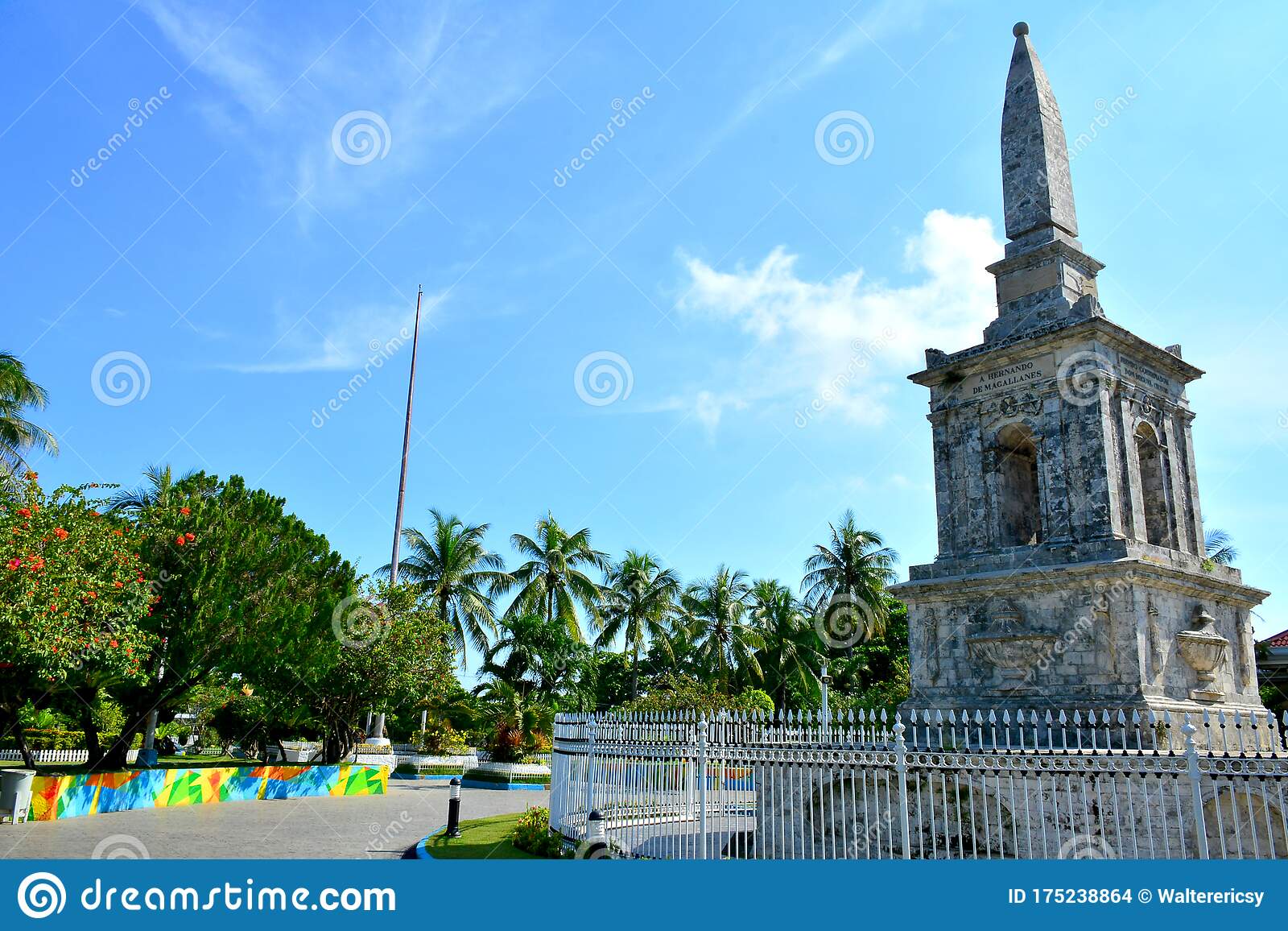what is a relic boundary
What Is A Relic Boundary?
A relic (relict) boundary is a former boundary line that is still discernible and marked by some cultural landscape feature, such as a fence. Example: The Great Wall of China.Jul 28, 2021
What is an example of a relic boundary?
Relict boundary: A boundary that no longer exists, although it may still appear on the cultural landscape. Examples include Hadrian’s Wall as well as the former boundaries between East and West Germany, North and South Viet Nam, and North and South Yemen.
What is another relic boundary?
Relic Boundary. A boundary that has ceased to function but can still be detected on the cultural landscape. It no longer exists as an international boundary.
Why is the Great Wall of China a relic boundary?
An example of a relic boundary other than the Berlin Wall is the Great Wall of China. It is an old and nonfunctional boundary, but it still exists today. 2. Identify another state that has a mountain range as a boundary.
Why is the Berlin Wall a relic boundary?
Why is the Berlin Wall a relict boundary and when did it become one? A relict boundary is one that has ceased to function but has still left an imprint on the cultural landscape. The Berlin Wall was crushed in 1990, but you can still see the effects of the wall, such as a difference in architecture and culture.
Is Hadrian’s wall a relic boundary?
Hadrian’s Wall, which was built in 122 CE and intended to mark the northern boundaries of Roman Britain, is another, much more picturesque example of a relic boundary. Even within sovereign states there are many administrative boundaries.
What is an example of a geometric boundary?
An example of a geometric boundary is the 38th parallel which divides North Korea and South Korea. This is also an example of a geometric boundary in which borders are closed and very little movement is allowed.
What is a locational dispute?
A definitional dispute is a boundary dispute over the legal terms set forth, a locational dispute is a boundary dispute over the physical location, and an operational dispute is a boundary dispute over how the boundary ought to function.
Is the border between India and Pakistan superimposed?
The correct answer is Superimposed boundary.
Why do Toponyms change over time?
When colonies become independent place names often change. Changes in power through coups and revolutions prompt name changes. People can choose to change a toponym to memorialize an important person or event.
Is a relic boundary physical or cultural?
A relic (relict) boundary is a former boundary line that is still discernible and marked by some cultural landscape feature, such as a fence.
What type of boundary is US and Canada?
The Canada–United States border is the longest international border in the world between two countries. The terrestrial boundary (including boundaries in the Great Lakes, Atlantic, and Pacific coasts) is 8,891 kilometers (5,525 mi) long.…
| Canada–United States border | |
|---|---|
| Notes | See list of current disputes |
What is a militarized boundary?
Militarized boundary. heavily fortified boundaries that discourage the crossing of traffic, people, and/or information. Nationalism. the ideology that maintains that members of a nation should be allowed to form their own sovereign state.
Why is Africa a superimposed boundary?
When the European empires were dividing up Africa into colonies, and later into independent states, they created “superimposed boundaries.” “Superimposed boundaries” are political barriers drawn in an area with complete disregard for the cultural, religious, and ethnic divisions within the people living there.
What is cultural boundary?
A cultural boundary is the geographical term for the border between two different ethnic, linguistic, and religious groups.
What state has a mountain range as a boundary?
Alaska| Boundary Range | |
|---|---|
| Geography | |
| Countries | Canada and United States |
| Provinces/States | British Columbia and Alaska |
| Parent range | Boundary Ranges |
What is a state ap human?
State: A politically bound area controlled by an established government that has authority over its internal affairs and foreign policy. Synonymous with the term “country” (e.g., Iraq, South Africa, Canada). Sovereignty: The political authority of a state to govern itself.
Does the US have superimposed boundaries?
Another example of this was the experience of Native Americans in the United States. The political boundaries of the states were superimposed on the Indigenous communities, despite having nothing to do with creating them. Militarized boundaries are guarded and hard to pass through, like the borders of North Korea.
What are the types of boundary data?
Terms in this set (5)- Geometric Boundary. Political boundaries that are defined and delimited by straight lines.
- Antecedent Boundary. a boundary that existed beforethe cultural landscape emerged and stayed in place while people moved in to occupy the surrounding area…
- Subsequent Boundary. …
- Super Imposed Boundary.
What is an ethnographic boundary?
An ethnographic boundary or a cultural boundary is a boundary line that runs along differences in ethnicity. Although these boundaries are often intangible, they are still very effective in dividing people.
Is the 38th parallel a geometric boundary?
An example of a geometric border is the 38th parallel between North Korea and South Korea. This is also an example of a geometric border where borders are closed and very few movements are allowed. The 38th is also heavily patrolled by forces on both sides.
What type of boundary is between India and Pakistan?
Line of Control (LoC): De facto boundary between Indian-administered Kashmir and Pakistani-administered Kashmir. Its current form was demarcated after the 1972 Simla Agreement.
What are the 4 types of boundary disputes?
Broadly speaking, the majority of these disputes can be broken down into four categories:- Lot line disputes.
- Fence, landscaping, and outbuilding disputes.
- Access disputes.
- Adverse possession claims.
What is an example of a locational boundary dispute?
Locational disputes occur when entities have different ideas of where a boundary should be placed. An example of this was Post-WWI where the boundary between Poland and Germany was disputed.
What is a positional boundary?
Positional boundary dispute. disagreement about the actual location of a boundary. locational boundary dispute. These disputes arise when the definition of the border is not questioned but the interpretation of the border is. Only $47.88/year.
Which Indian state has longest border with Pakistan?
Therefore, it is also considered as world’s one of the most dangerous borders. Indian states that share borders with Pakistan are: Jammu and Kashmir, Rajasthan, Gujarat and Punjab.…
Shikha Goyal.
| State | Total Length (in Km) |
|---|---|
| Jammu and Kashmir | 1,222 Km |
| Rajasthan | 1,170 Km |
| Gujarat | 506 Km |
| Punjab | 425 Km |
Is there a fence between India and Pakistan?
India has been erecting fences to plug vulnerable and infiltration-prone patches along its sensitive border with Pakistan and Bangladesh for long and there is lot of work that is happening to secure the borders.
What is the name of the line between India and China?
Line of Actual Control
The McMahon Line forms the basis of the Line of Actual Control and the northern boundary of Arunachal Pradesh (shown in red) in the eastern Himalayas administered by India but claimed by China.
See also what do beavers make that results in a wetland ecosystemWhat are the different types of toponyms?
Types of toponym include agronym (the name of a field or pasture), dromonym (the name of a transportation route), drymonym (the name of a forest or grove), econym (the name of a village or town), limnonym (the name of a lake or pond), and necronym (the name of a cemetery or burial ground).What do toponyms tell us about a place?
Toponymy can uncover important historical information about a place, such as the period of time the original language of the inhabitants lasted, settlement history, and population dispersal. Place-name study can also provide insight to religious changes in an area, such as the conversion to Christianity.
How do toponyms reflect the cultural landscape?
Toponyms serve as symbols of regional culture and thus reflect the history, habitat and environment of a place. Toponymic studies examine the origin and development of an ethnic group, present the spatial patterns of a certain culture and reveal both man- made and physical environmental features of a region.
What are the 3 types of political boundaries?
Terms in this set (5)- Geometric Boundary. Political boundaries that are defined and delimited by straight lines.
- Antecedent Boundary. …
- Subsequent Boundary. …
- Super Imposed Boundary. …
- Physical Boundary.
What are the three 3 steps in establishing a boundary?
Read on for a step-by-step guide to establishing boundaries, both personally and professionally.- Step 1: Identify whether your boundaries are being crossed.
- Step 2: Know the benefits of setting better boundaries.
- Step 3: Begin setting boundaries.
What are the four steps involved in establishing a boundary?
Terms in this set (5)- Define. Legal documentation with actual points in the landscape or latitude/longitude described.
- Delimit. Drawing the boundary on a map.
- demarcate. Making boundaries with some visual means if one or both parties want. …
- Administrative. …
- Allocate.





